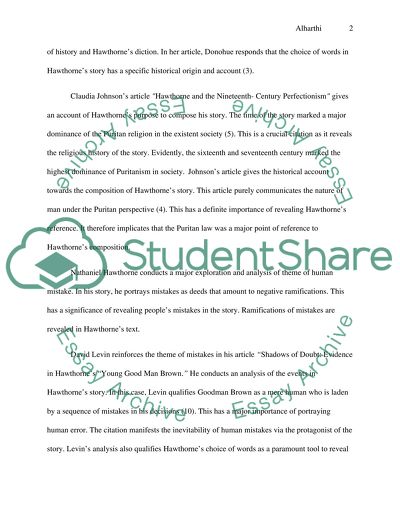Cite this document
(“Outline Research Paper Example | Topics and Well Written Essays - 1750 words”, n.d.)
Retrieved from https://studentshare.org/literature/1473277-outline
Retrieved from https://studentshare.org/literature/1473277-outline
(Outline Research Paper Example | Topics and Well Written Essays - 1750 Words)
https://studentshare.org/literature/1473277-outline.
https://studentshare.org/literature/1473277-outline.
“Outline Research Paper Example | Topics and Well Written Essays - 1750 Words”, n.d. https://studentshare.org/literature/1473277-outline.


